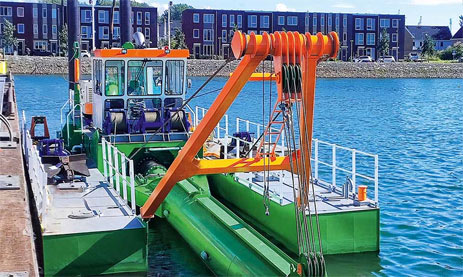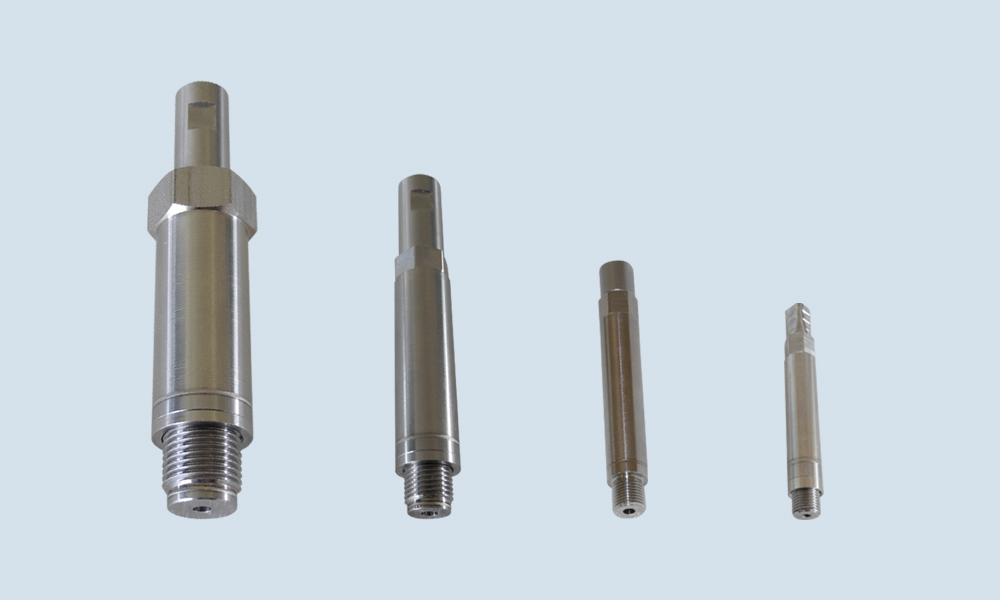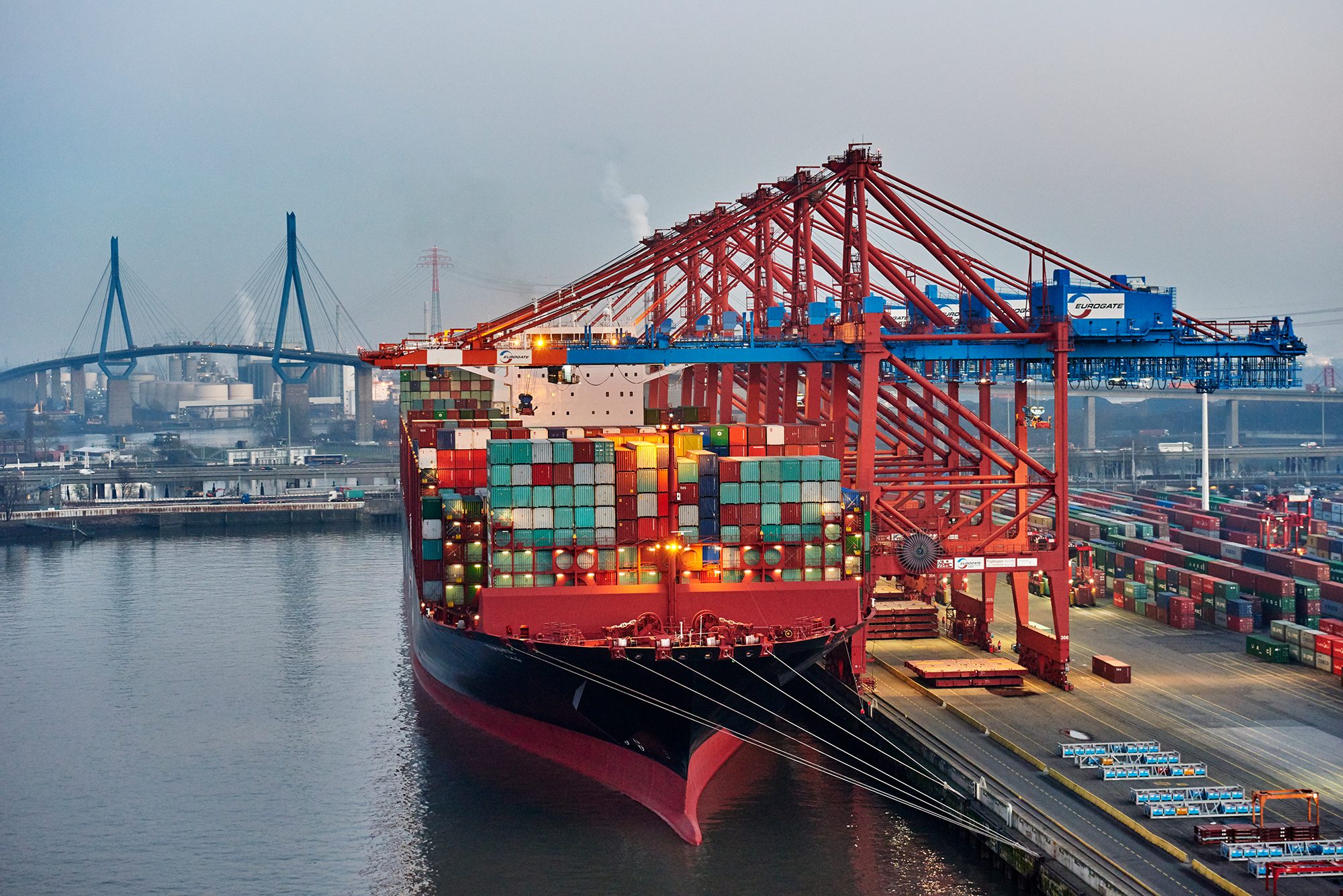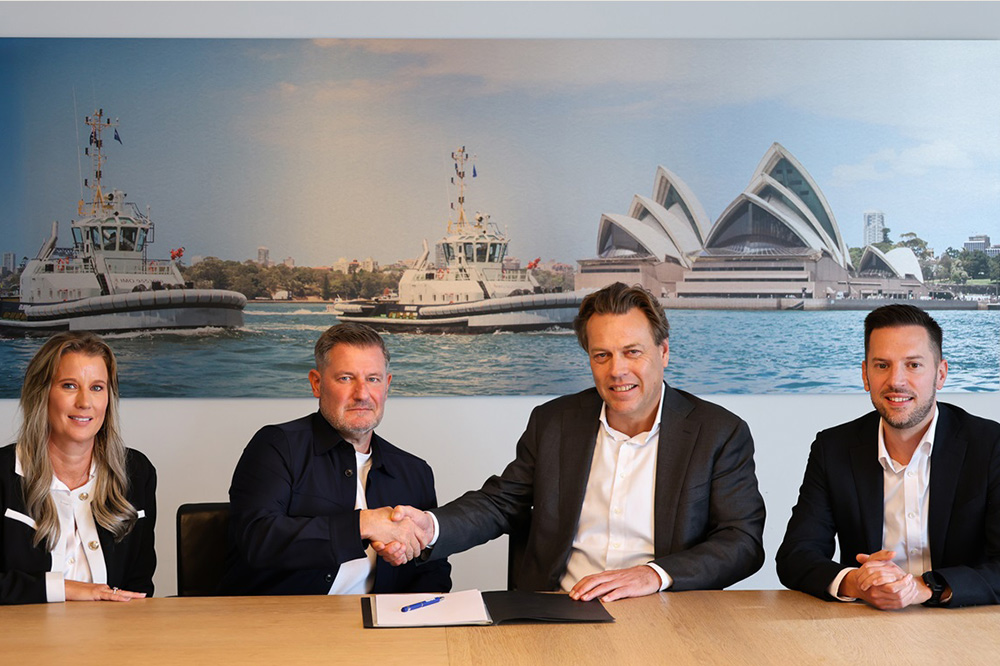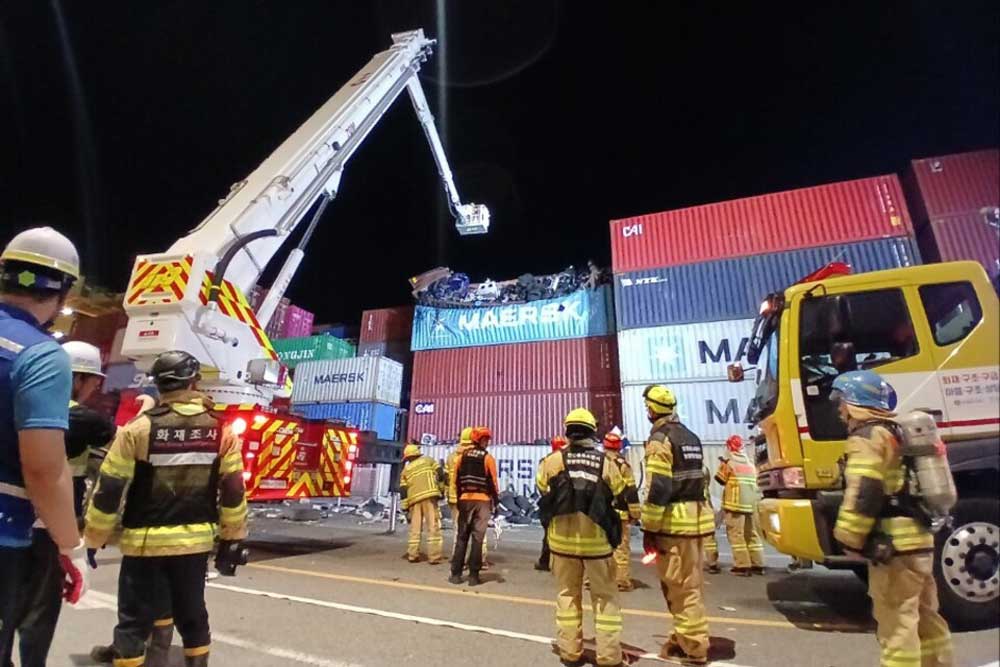The Danish port of Esbjerg will be able to handle even larger ships in future following the completion of the fifth expansion phase.
In the course of the construction work, more than 4 million m3 of sand and clay were extracted, relocated and salvaged. During this phase, more than 570,000 m2 was reclaimed in the east of the port and the port boundary was moved to the Wadden Sea. This area corresponds to the size of 80 soccer pitches. Part of the earth mass comes from the deepening of the fairway to 12.8 m, which was also recently completed.
“The Port of Esbjerg is of international importance,” says Dennis Jul Pedersen, CEO of Port Esbjerg. “This expansion is crucial to our ongoing efforts to further support the green transition and create the best possible conditions for businesses in the port.”

According to Port of Esbjerg, three factors made it necessary to expand the port: the shipping of offshore wind components, the establishment of the first CO2 terminal in Denmark and the handling of modular goods – all factors that require more space in the port.
Four-fifths of Europe’s offshore wind capacity has been shipped from the port of Esbjerg, which is more than 27.5 GW. And it continues: In the next five years, 13.5 GW of offshore wind capacity will be installed and shipped from the port of Esbjerg. This includes a large number of projects, mainly from Germany and the United Kingdom.
The additional space also creates the conditions for Denmark’s first CO2 terminal as part of a CCS plant. There, the captured CO2 will first be collected in the North Sea and then stored underground. When it is completed at the end of 2025, this will be Europe’s first fully-fledged CCS plant.
Esbjerg is Denmark’s largest RoRo port
The expansion means that the 570,000 m2 will be ready for leasing by the end of the year. This significant increase in space will ensure that companies in the port have more room for their operations and that the port can support the strategic objectives within modular cargo.
With connections to 27 different ports across Europe and an annual cargo throughput of more than 4.5 million tons, the Port of Esbjerg is not only the largest RoRo port in Denmark, but also a hub in the network to other European ports.
The massive quantities of sand and clay that were removed, extracted and relocated required numerous and varied measures to protect the marine environment. Throughout the process, the Port of Esbjerg says it ensured that the materials extracted during the deepening of the port entrance were continuously sampled and analyzed to ensure that no contamination occurred. According to the Esbjerg Port Authority, the dredged material was not disposed of in the sea and the expansion was carried out in a responsible and sustainable manner.
“We are very proud that our expansion has been carried out in harmony with the need to respect the natural environment and in the most environmentally friendly way possible by using the dredged material in the best possible way,” concludes Pedersen.











